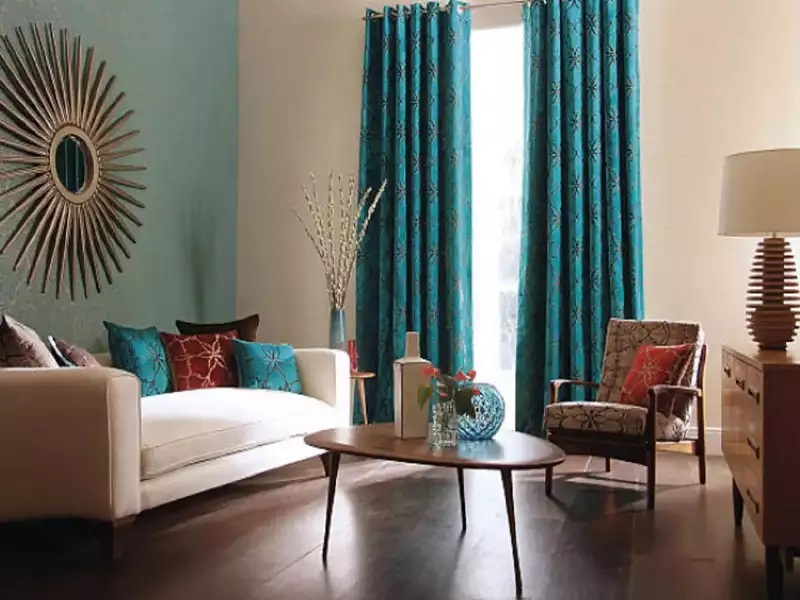Furniture has been a fundamental piece of human life starting from the dawn of mankind. It is a fundamental part of our regular routines, giving solace, accommodation, and magnificence. Throughout the long term, furniture has gone through a critical change, mirroring the development of human progress and culture.
From the earliest times, people have depended on furniture to give a spot to sit, rest, and store their effects. In crude social orders, furniture was simple and frequently made of normal materials like wood, creature stows away, and woven grasses. Early furniture plans were practical, filling a particular need as opposed to being brightening.
As social orders grew, so did the requirement for further developed furniture plans. The old Egyptians, for instance, were known for their complicated furniture plans, including beds, seats, and tables, frequently made of wood and brightened with valuable metals and gems. In old Greece and Rome, furniture turned out to be more fancy, mirroring the abundance and status of the decision classes. Seats and couches were in many cases upholstered in rich textures, and tables were decorated with complicated carvings.

During the Medieval times, furniture plans turned out to be more pragmatic, with an emphasis on usefulness instead of design. The time saw the development of the four-banner bed, the chest, and the brace table. Yet again with the coming of the Renaissance, furniture configuration turned out to be more brightening, with a restoration of traditional themes and elaborate carvings.
The Modern Upheaval of the nineteenth century achieved huge changes in furniture plan. Large scale manufacturing methods made furniture more reasonable, and new materials, for example, cast iron and steel were utilized in furniture development. Human expression and Artworks development, which arose in the late nineteenth hundred years, tried to get back to customary art strategies and materials, dismissing the efficiently manufactured plans of the modern age.
In the twentieth hundred years, furniture configuration turned out to be progressively current and useful, with an accentuation on effortlessness and clean lines. The Bauhaus development, which arose in Germany during the 1920s, supported a moderate way to deal with plan, with furniture that was both useful and stylishly satisfying. The mid-century present day development of the 1950s and 60s achieved famous plans, for example, the Eames Parlor Seat and the Tulip Table, which stay well known right up ’til now.

Today, furniture configuration keeps on developing, with an emphasis on supportability and eco-accommodating materials. Current architects are investigating new materials and strategies, like 3D printing and maintainable wood choices, to make furniture that is both wonderful and ecologically capable.
All in all, furniture configuration has progressed significantly since its crude starting points. From practical pieces made of normal materials to resplendent plans enhanced with valuable metals and gems, furniture has mirrored the changing necessities and upsides of human culture over the entire course of time. Today, furniture configuration keeps on developing, with an emphasis on manageability, usefulness, and excellence. Regardless of whether we understand it, the furniture we utilize consistently recounts the tale of our way of life and our time.

